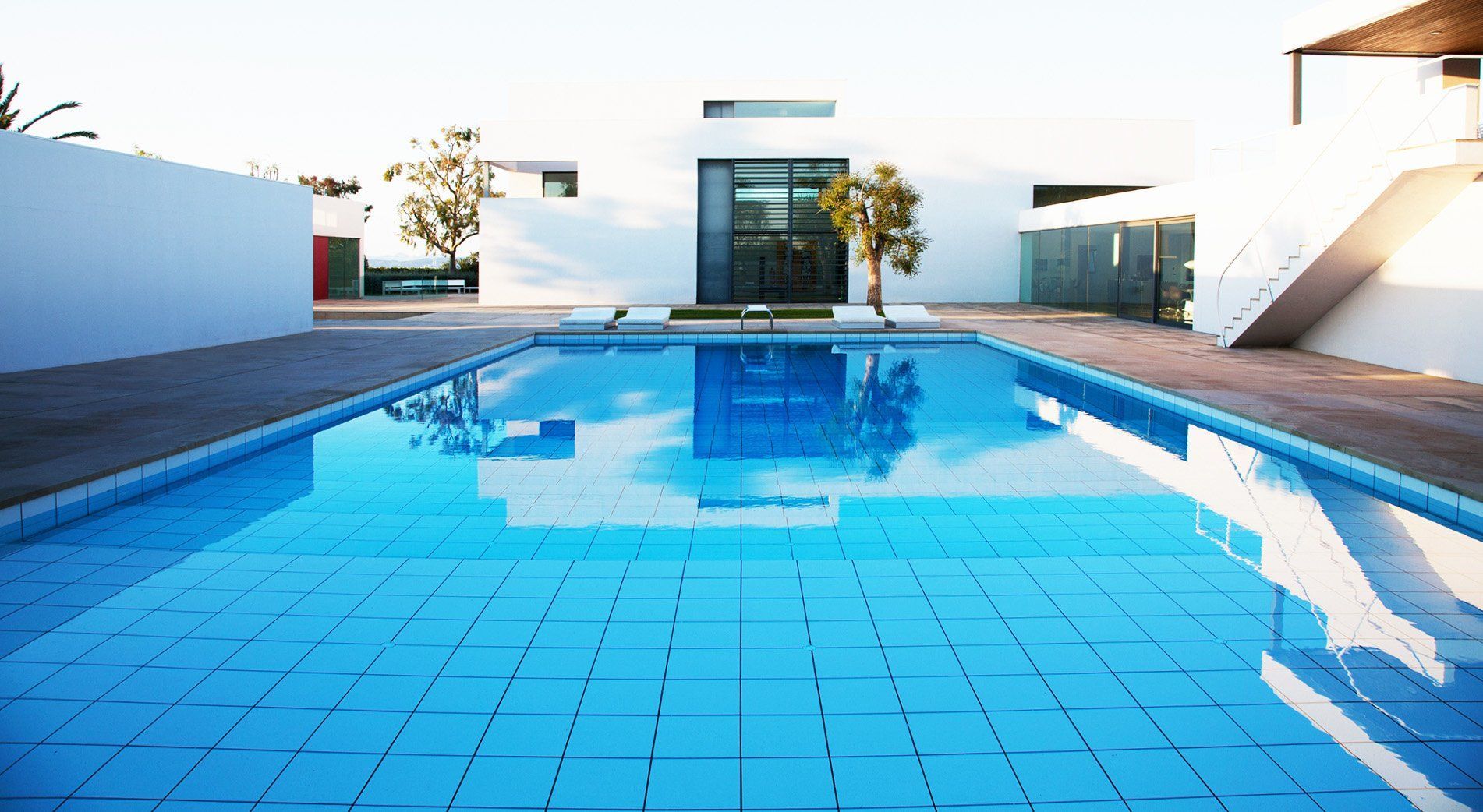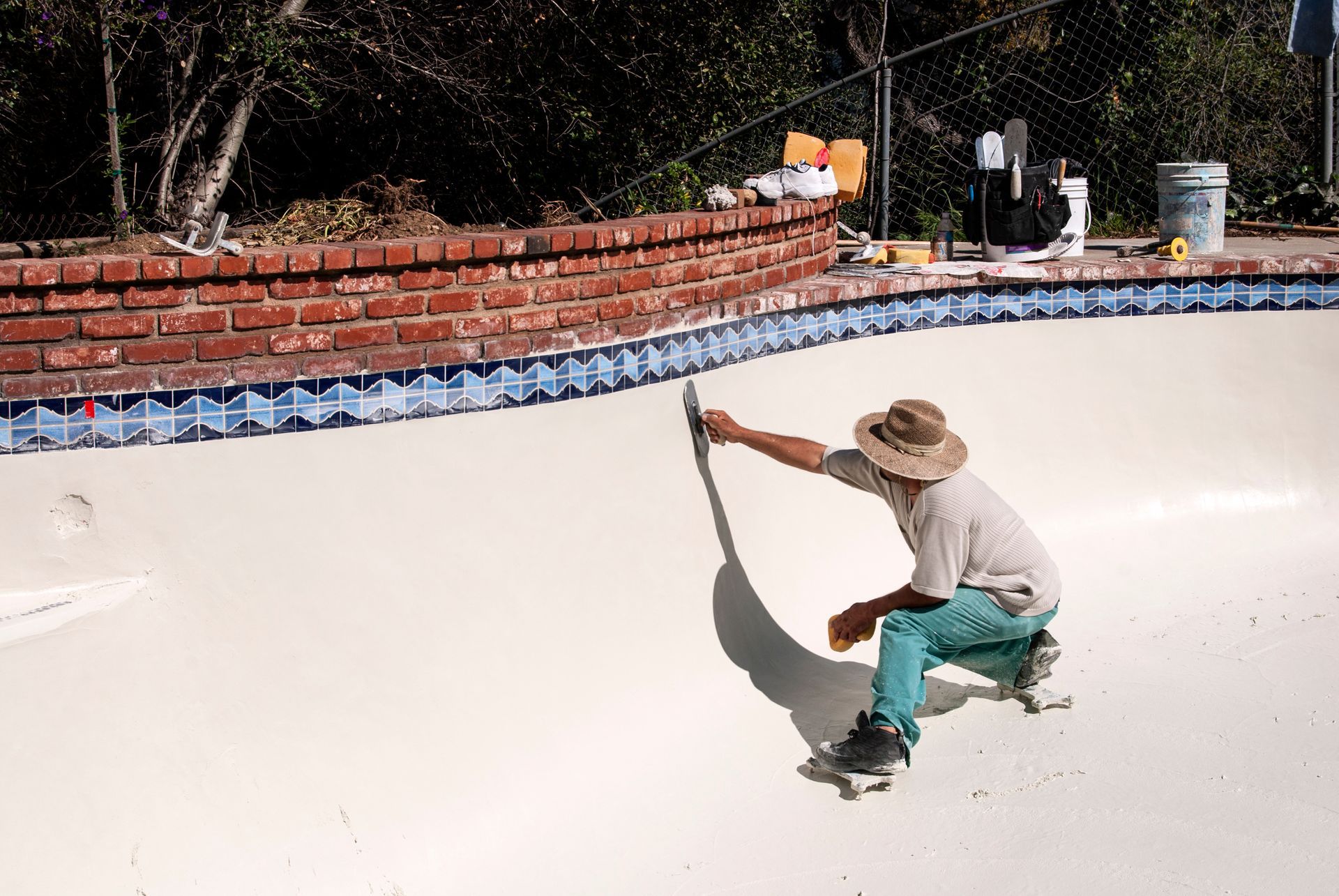Ita Phoenix Construction, Inc.'s Blog
Located in Peachtree Corners and Serving Surrounding Areas
Pool Replastering Service: When and Why You Need It
Swimming pools are a valuable asset to any residential or commercial property, offering relaxation, fun, and even health benefits. However, over time, even the best-built pools begin to show signs of wear and tear. One of the most essential maintenance procedures to keep your pool safe, beautiful, and functional is pool replastering. But how do you know when it’s time, and why is it so crucial?
In this article, Ita Phoenix Construction, Inc, a trusted pool renovation company in Peachtree Corners, GA, explains everything you need to know about pool replastering services, including when to do it, why it's important, and how it fits into your overall pool restoration services plan.
What Is Pool Replastering and Why Is It Necessary?
Pool replastering is the process of applying a new layer of plaster over the existing surface of your swimming pool. This protective layer helps maintain water resistance, protects the underlying shell, and enhances the pool’s appearance. Most pools are originally plastered with a mixture of cement and marble dust, which creates a smooth, water-tight finish.
However, with time, this surface starts to degrade due to constant exposure to sunlight, chemicals, and water pressure. Cracks, discoloration, etching, or rough textures are all signs that the plaster has reached the end of its lifespan. Without replastering, these issues can lead to leaks, safety hazards, and an unsightly appearance, all of which can affect your property’s value.
Signs That You Need a Pool Replastering Service
It’s not always easy to determine when your pool needs attention, but here are some common signs that indicate it’s time for a pool replastering service:
1. Rough or Etched Surfaces
If the pool walls or floor feel rough underfoot, or you notice etching (tiny pits and grooves), the surface has likely eroded and needs replastering.
2. Discoloration or Stains
Chemical reactions, algae, and metals in the water can cause unsightly stains. Once stains penetrate deep into the plaster, surface cleaning is ineffective, and pool resurfacing becomes the only solution.
3. Cracks or Chips
Small surface cracks can quickly turn into structural issues. Replastering seals these cracks and strengthens the surface.
4. Frequent Repairs
If you find yourself constantly patching or doing spot repairs, it’s more cost-effective to opt for a complete pool restoration service.
5. Age of the Pool
Plaster typically lasts 7-15 years, depending on the material, usage, and maintenance. If your pool is in that age range or older, it’s a smart time to evaluate its condition.
Benefits of Pool Replastering
Investing in a professional pool replastering service has numerous benefits beyond just aesthetics. Here’s how it pays off:
1. Enhanced Appearance
A fresh plaster layer instantly brightens your pool’s look, giving it a clean, modern, and well-maintained appearance.
2. Improved Safety
Worn or rough surfaces can lead to scrapes and injuries. Replastering smooths everything out, making it safer for swimmers.
3. Extended Lifespan
Replastering restores the integrity of your pool’s surface, preventing leaks and damage that could otherwise lead to costly structural repairs.
4. Increased Home Value
Whether you’re selling or staying, an upgraded pool enhances property appeal and value. It shows buyers that the property is well-cared for.
5. Better Chemical Efficiency
A smooth, clean surface allows chemicals to distribute evenly, reducing usage and costs.
Pool Replastering vs. Pool Resurfacing: What’s the Difference?
Many people use the terms interchangeably, but there’s a slight distinction between pool replastering and pool resurfacing. Replastering specifically refers to applying a new plaster coat. Resurfacing can include plastering but may also involve different materials like quartz, pebble finishes, or even tile.
At Ita Phoenix Construction, Inc, we offer comprehensive pool resurfacing options to meet your desired aesthetic, durability needs, and budget. Whether you want classic white plaster, luxurious pebble finishes, or something in between, our team in Peachtree Corners, GA has you covered.
Why Choose Ita Phoenix Construction, Inc for Pool Restoration Services?
When it comes to pool restoration services, experience and craftsmanship matter. Ita Phoenix Construction, Inc has been serving homeowners and property managers in Peachtree Corners and surrounding areas for years with unmatched professionalism and quality workmanship.
Here’s what sets us apart:
- Local Expertise: We understand Georgia’s climate and its impact on pools.
- Skilled Technicians: Our team is trained, licensed, and passionate about pool renovation.
- Customized Solutions: We offer a variety of finishes and options to match your style and budget.
- Transparent Pricing: No hidden fees. We give you a detailed quote and timeline upfront.
- Customer Satisfaction: We’re not happy until you are.
Choose Ita Phoenix Construction, Inc. for Your Pool Restoration Services
If your pool is looking tired, unsafe, or just in need of a fresh new look, don’t wait for the damage to worsen. Ita Phoenix Construction, Inc is your trusted partner for top-tier pool replastering services in Peachtree Corners, GA.
Give us a call at (678) 860-2305 and schedule your free consultation today. Our experts will assess your pool and recommend the best options for pool resurfacing or full pool restoration services. Bring back the beauty and safety of your backyard oasis—with Ita Phoenix Construction, Inc, your dream pool is just a call away.
FAQs
How often should I replaster my pool?
A fresh plaster coat is typically needed for pools every 7 to 15 years. However, frequent chemical use, heavy usage, and environmental factors may require earlier intervention.
How long does pool replastering take?
Most pool replastering projects take between 5 to 10 days, depending on the size of the pool and the complexity of the job. Weather can also affect the timeline.
Can I change the color or texture of my pool when replastering?
Yes! Replastering is a great opportunity to upgrade your pool’s appearance. Choose from a variety of colors and finishes, such as quartz, pebble, or polished surfaces.
Is it possible to swim immediately after replastering?
No. After replastering, the pool must undergo a curing process and proper chemical balancing, which usually takes 7 to 10 days before it’s safe for swimming.
What’s the difference between plaster, quartz, and pebble finishes?
Plaster is traditional and smooth. Quartz adds sparkle and durability. Pebble finishes offer a textured, natural look and are highly durable. Each has its own pros and price points.
Recent posts
share this post




